Five of the best biennials to grow from seed

The lone hollyhock in my garden started to bloom last week. It has been quite a long wait, which began more than five years ago. While I was still gardening on my first balcony, a family friend gave me a hollyhock seedling, grown from seeds taken from a friend’s garden in Provence.
I grew it on, it bulked up, and by the next summer I realised my sister’s new garden would be a better home for it (although, in hindsight: a hollyhock on a balcony! A magical thing). There, it flowered white and got a little big for its boots in her narrow, floriferous borders.
As a result, last summer I ended up digging out one of its yearling babies while taking a break from a boozy lunch and brought it home to our new flower beds. For several weeks, it was one of the only plants I had. After a year of expecting a spire of white trumpets, it has bloomed the softest pink.
Best biennials to grow from seed
The in-betweeners
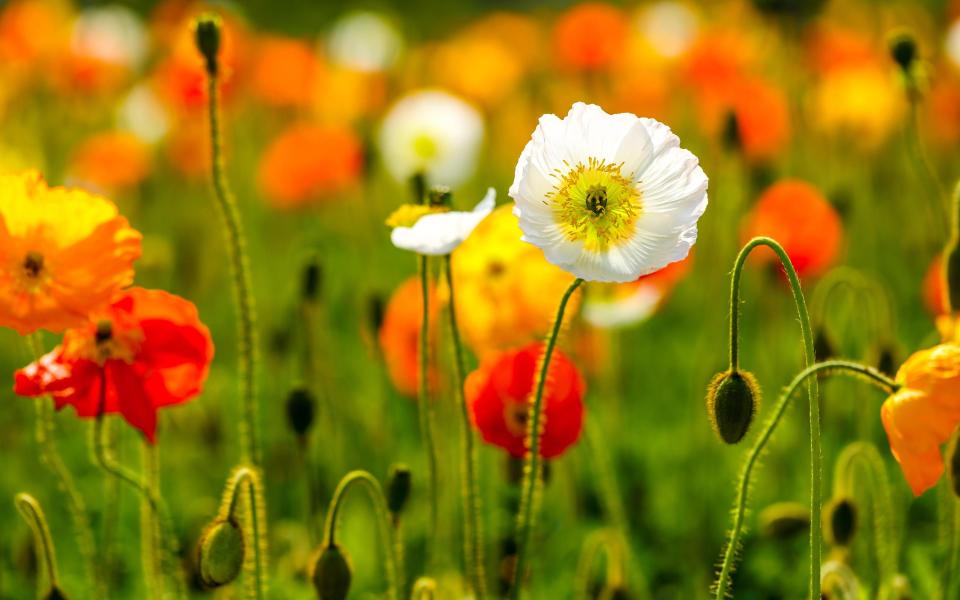
Biennials demand patience: the clue is in the name. Annuals germinate, grow, flower and set seed once over the course of a year; perennials return every year and do their thing over a few months – biennials are the awkward in-betweeners.
In principle, they germinate and put on growth during year one, then flower and set seed in year two, often with a necessary cold snap in between for encouragement. However, there can be a fairly confusing grey area to factor in, with some biennials acting more like short-lived perennials, and others acting like lazy annuals.
Depending on the biennial you’re trying to grow, you can sow them for most of the year. Wallflowers, for instance, can be sown under cover in February or March before being moved to where they are to flower around this time of year into autumn. They’ll then flower in the spring, usefully covering that empty gap between the tulips and the first flush of early summer.
Icelandic poppies (Papaver nudicaule) can be sown in spring for flowers later that summer, but will give you better results if you sow undercover in autumn for flowers in spring.
I sowed several pots of ‘Wind Song’ in a cold frame in October, which delivered the most delightful flush of colour through the miserable May and June we’ve just had. I’ve left many of the seed heads in the hope they’ll scatter themselves around the bed, but will be sowing some more this autumn anyway.
Get your bloom on
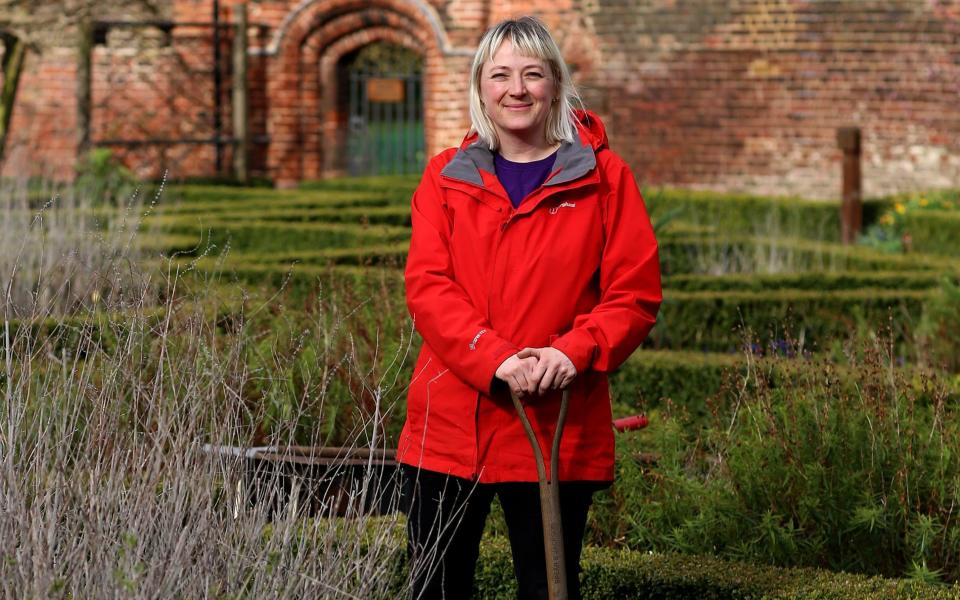
To my mind, the platonic form of a biennial is a digitalis, or foxglove.
You can sow seeds in March, but the seeds from this summer’s flowers are ripe around now – in early August – and I always find it far more helpful to think about sowing times according to when things have gone over. See also hollyhocks.
This is how Lucy Hart, head gardener at Fulham Palace Garden, does it. I spoke to her while several biennials were in full flush. “We take advantage of the daylight hours, even though we do everything under glass.
We’ll be sowing foxgloves in seed trays and then prick them out into pots, then into bigger pots again, so by next spring they will all be grown in a cool glasshouse or outside. You’ll have a nice big plant by April, and then you plant them out into the beds. Some varieties may flower that summer, but more likely it’ll be the following year,” she says.
Once in flower, the scale of a foxglove can be impressive – but its seeds are tiny. To avoid sowing – and then pricking out – an entire packet, I gleaned a tip recently from Sarah Raven and Arthur Parkinson’s podcast, Grow, Cook, Eat, Arrange: sprinkling a pinch of seed, very swiftly, over a large tray filled with peat-free compost can lead to relative control over distribution.
Hollyhocks, though, Hart leaves to self-seed in the bed. These cottage garden classics are, as those who have grown them will know, prone to rust – the orange fungal disease that can easily spread in soggy conditions.

“Personally, I find they get more rust when you grow them in pots,” says Lucy. “I find hollyhocks are very good at dispersing their own seeds. So we just keep them in the ground, and then thin out.”
If you’re snaffling seed from plants not in your garden, soak them for an hour before sowing to soften the tough outer casing.
Arguably, though, the showiest biennials in bloom when I visit Fulham Palace Garden are the Echium pininana. Towering several metres above the neat box hedges of the knot garden, these jumbo blue spires have rocketed in popularity in recent years – it’s not uncommon to see them dominating front gardens in London, adding a pleasingly jungly air to the usual street furniture.
“Echiums are really topical at the moment, everyone’s growing them,” agrees Lucy, adding that, technically, they take three years to grow from seedling to the bee-smothered spire that looms over us.
She does, though, advise caution: “They’re so invasive because they self-sow everywhere, although the cold winters may keep some of the seedlings in check as they’re from the Canary Islands. But they are awesome.” She recommends a variety called ‘Pink Fountain’, which has a rosy hue.
Expertly done
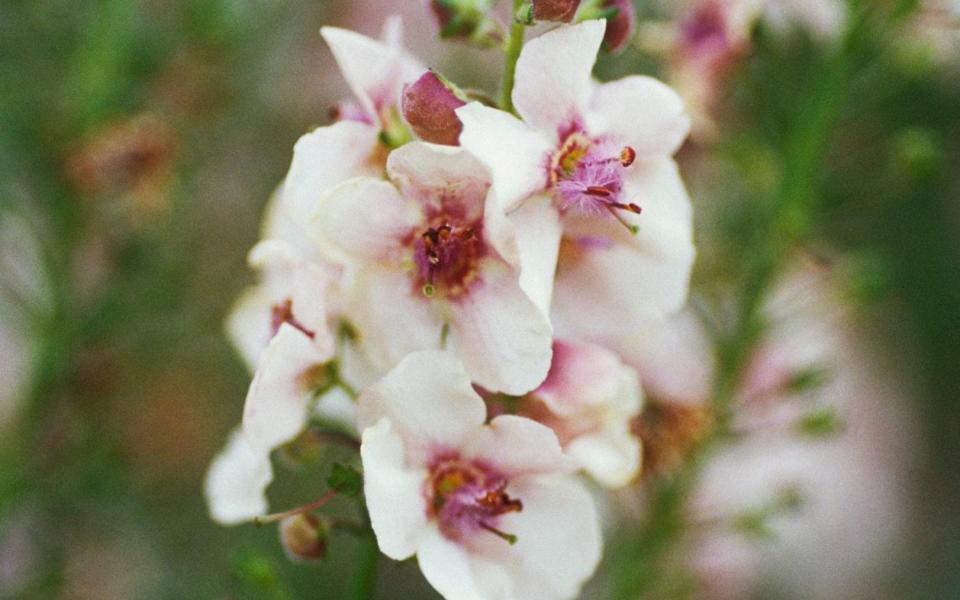
Hart shows me around the walled gardens and points out how much of the planting is biennial – in a space this large, which has a healthy flow of visitors to buy plants, many of them are left to self-seed, and Hart and her team thin those that are getting too big for their boots.
There’s a bright shock of rose campion (Lychnis coronaria). “We take advantage of the self-seeding nature of them, then lift them and put them where we want.” Once the plant has set seed, it is left to go over. “When they look really skanky we’ll cut them down,” she says.
Then there are the verbascums, known as moth mullein, which I managed to grow by happy accident this summer after one smuggled its way into a pot of hyssop from a local garden sale. That was the white variety, but Hart’s growing an even prettier take on the traditional yellow: “Verbascum ‘Southern charm’. It’s got that sort of antique pink colour.”
But, she admits, she doesn’t know whether the offspring of this plant will remain true to the parent plant or return to their more familiar yellow. “If you want to make sure you’re getting true-to-type plants, you do need to continue to keep buying the seed each year from the suppliers,” she says.
Again, verbascum can be invasive, so those with fuller beds will want to be keep an eye on new seedlings.
And of course, there are always plug plants. I’m yet to have much success with foxglove seed sowing, but there’s plenty to be said for snapping up young plants now, which can be planted in the garden over the next few weeks ready to flower next year.
Five brilliant biennials
Digitalis x mertonensis ‘Summer King’

I’ve grown several foxgloves this summer but this variety was a clear winner – big fat flowers, a dreamy pink colour and, in shade, long flowering time. I’ve just ordered 9cm pots to replace those that flowered this year.
Echium ‘Pink Fountain’
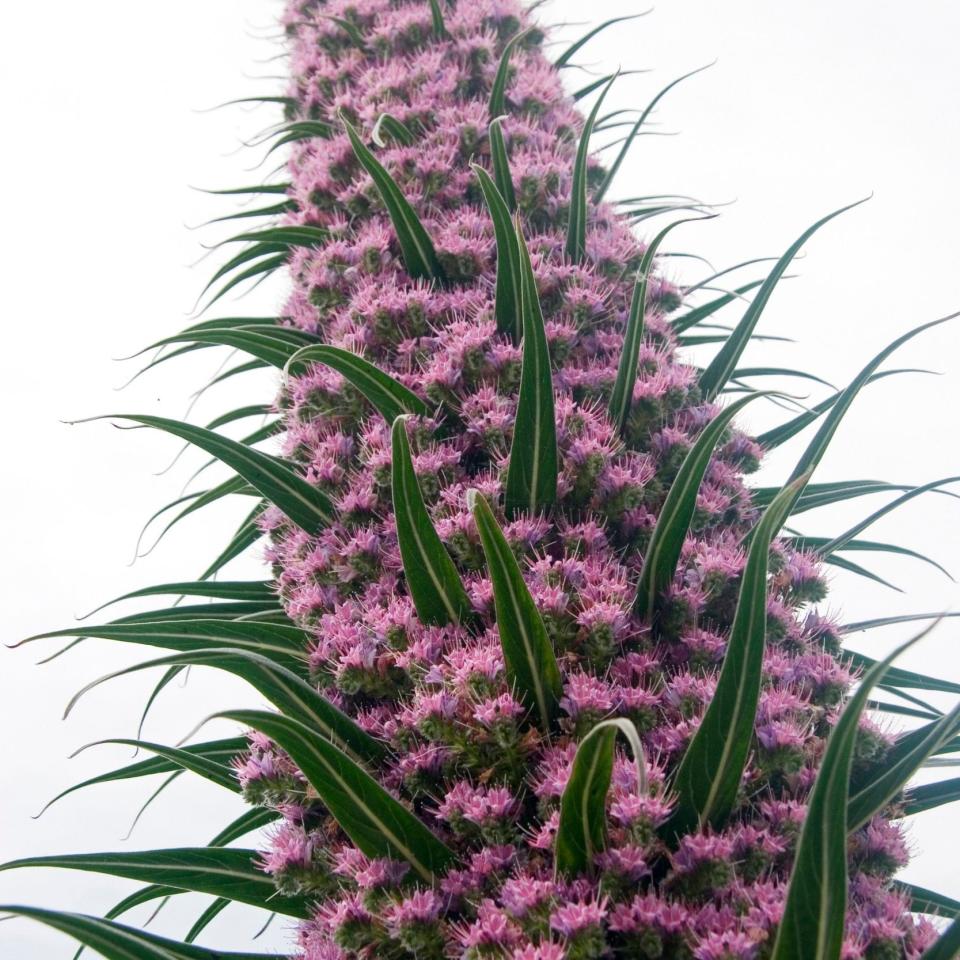
If you, too, are seeing the hazy blue spires around your neighbourhood, cut a dash with this blushing variety.
Alcea rosea ‘Crème de Cassis’
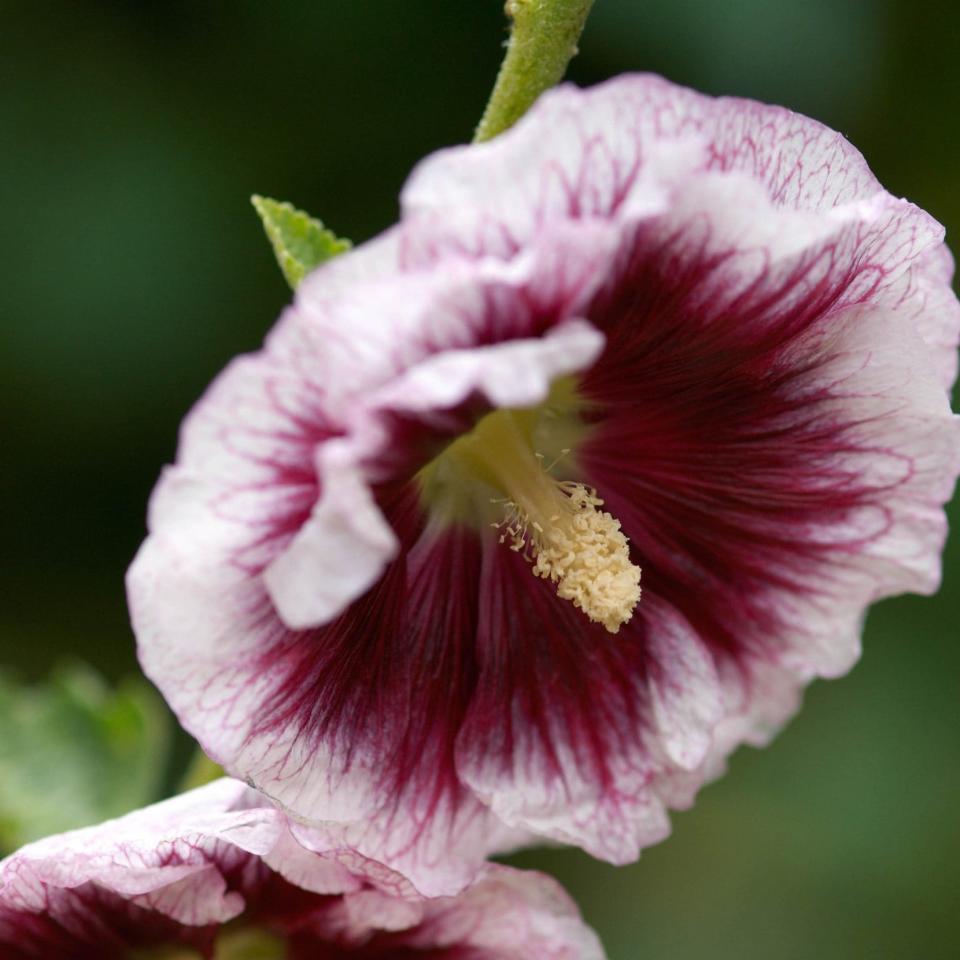
Technically a perennial hollyhock, rather than a biennial, which makes it a good thing in my book. Especially with that double row of petals and dark inner flower.
Verbascum ‘Southern Charm’
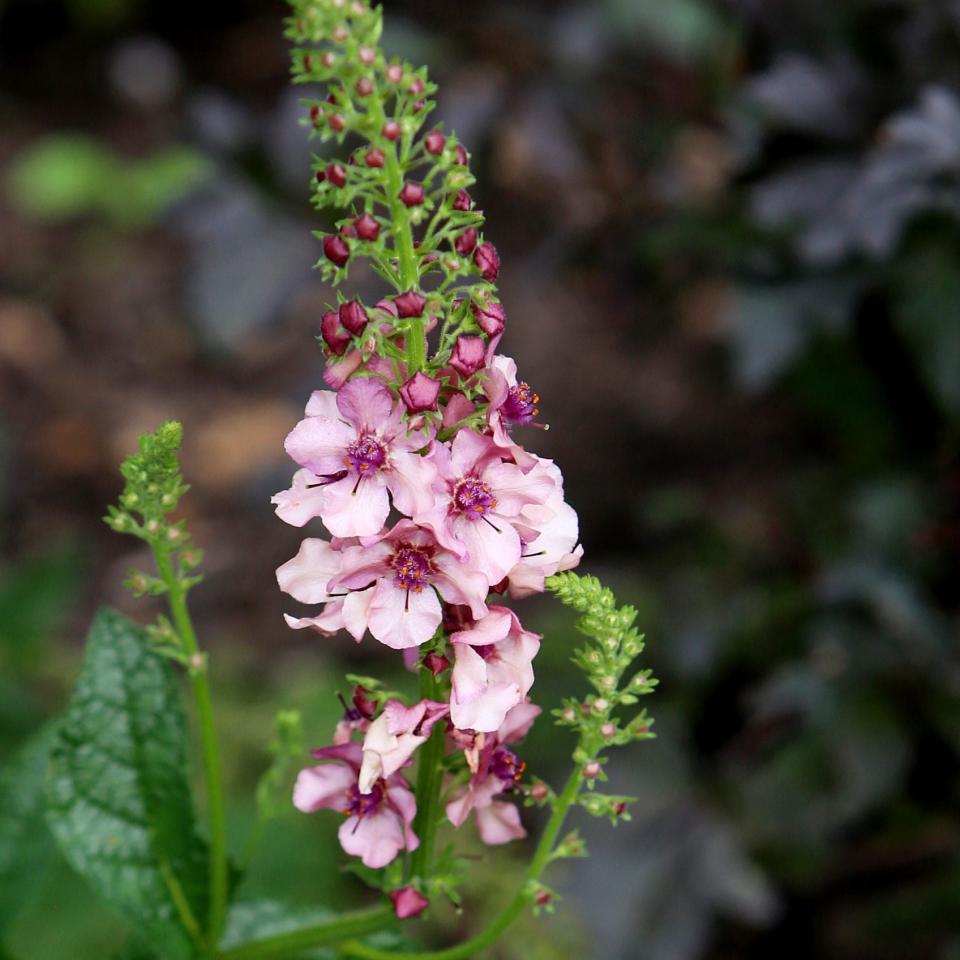
A dainty pink version (right) of the more often seen yellow moth mullein, which I’ve found lasts well as a cut flower – even better for stopping the spread of those seeds.
Papaver nudicaule ‘Wind Song’

I’ve loved growing these over the past year; they germinate easily in pots and transplant well for poppies, which dislike root disturbance.

